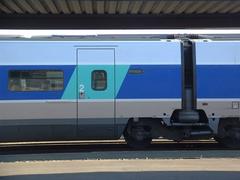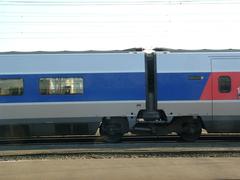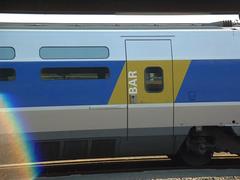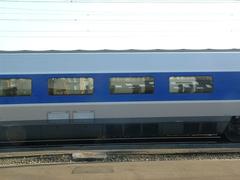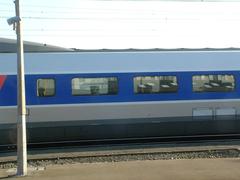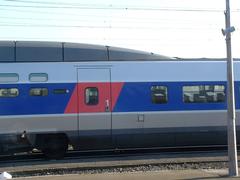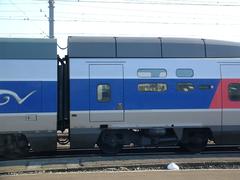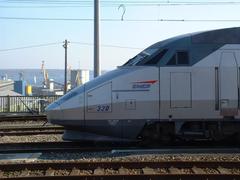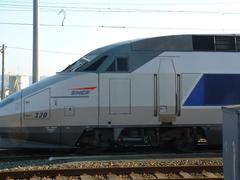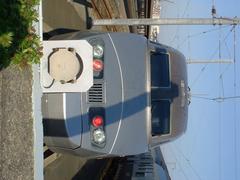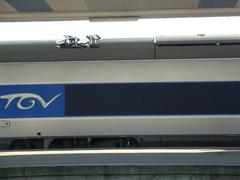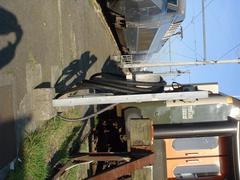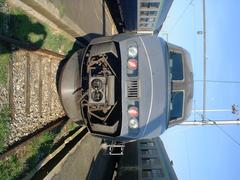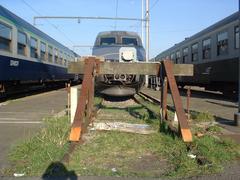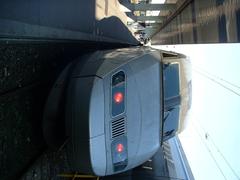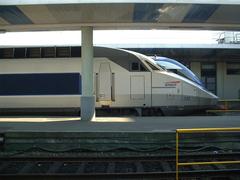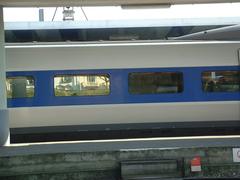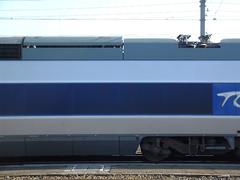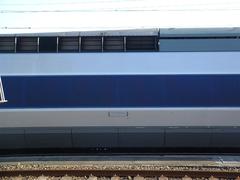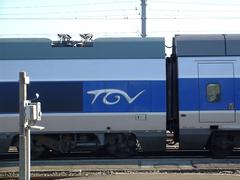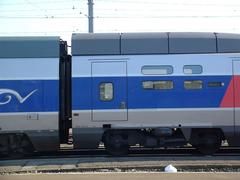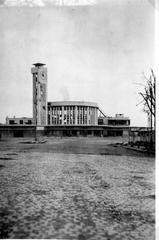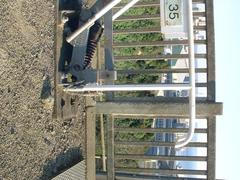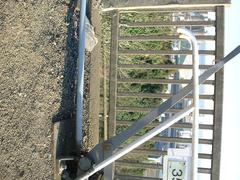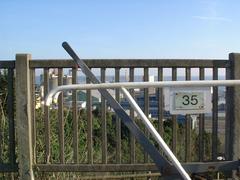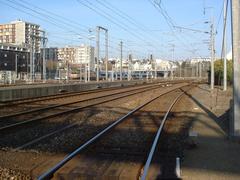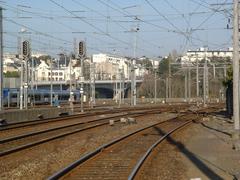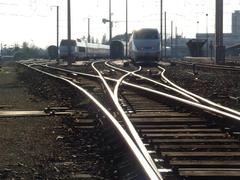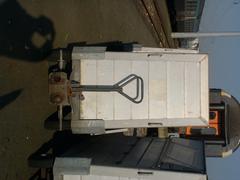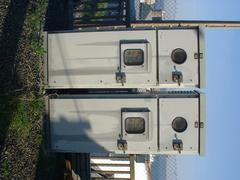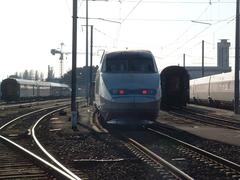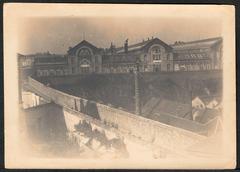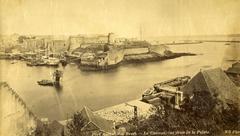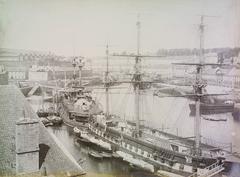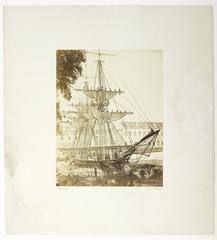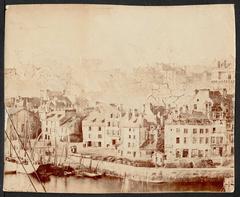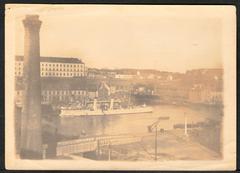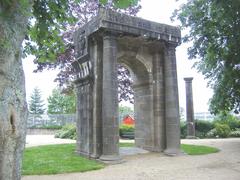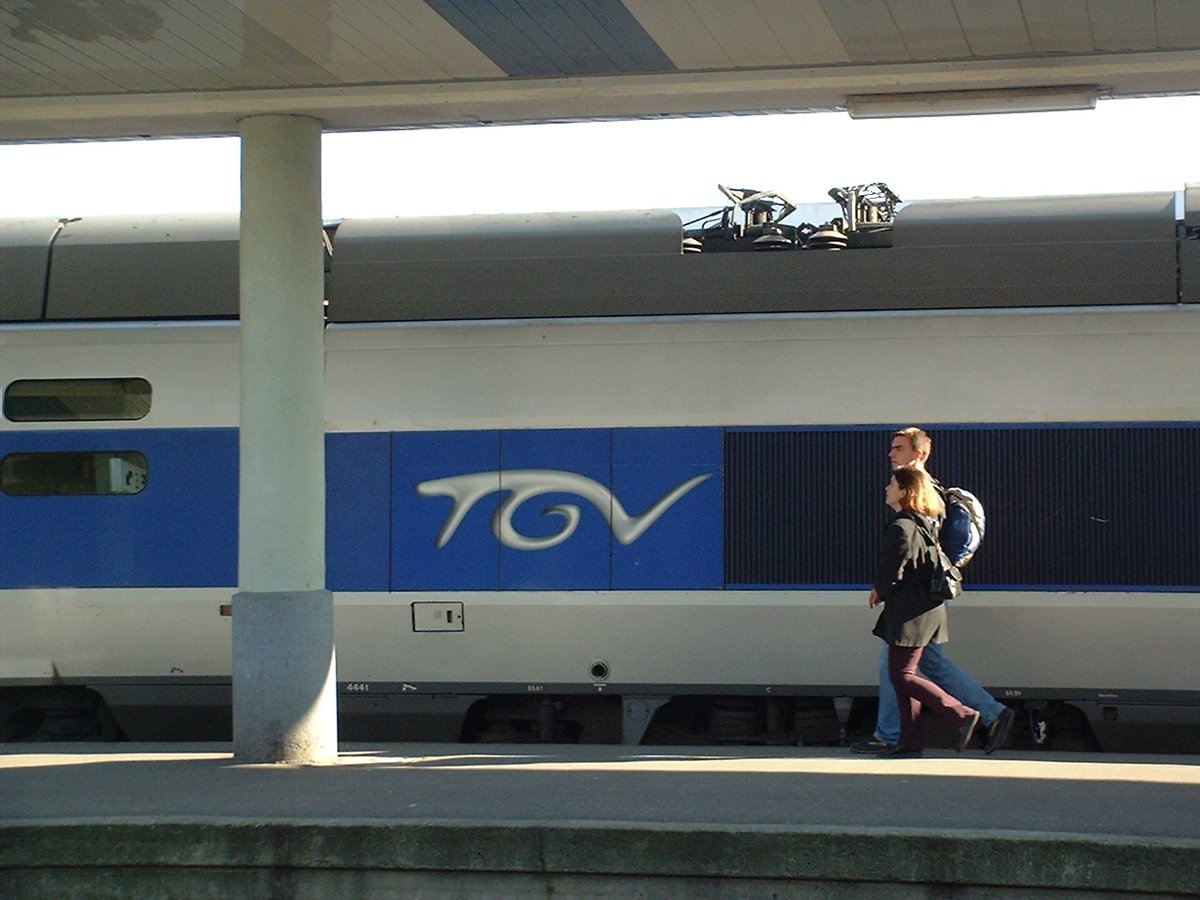
Brest Railway Station Visiting Hours, Tickets, and Travel Guide
Date: 14/06/2025
Introduction to Brest Railway Station
Brest Railway Station (Gare de Brest) is a key transportation hub and a landmark of architectural and historical significance in Brest, Brittany, France. Opened in 1865 as the terminus of the Paris–Brest line, the station has played a pivotal role in transforming Brest from a fortified naval port into a dynamic urban center, seamlessly integrated into both national and European rail networks (OpenEdition Journals). Its strategic placement, influenced by military priorities, and successive architectural evolutions—from Italianate origins to 1930s modernism—reflect the city’s resilience and modernization, especially after the devastation of World War II (Wiki-Brest; Oxford Bibliographies).
Today, Brest Railway Station operates daily from early morning until late at night, serving high-speed TGV Atlantique trains, regional TER Bretagne services, and providing accessible facilities to travelers of all needs. Beyond its transport function, the station acts as a cultural gateway, with convenient links to major historical sites, the city center, and local attractions (SNCF Official Timetables; France-Voyage; Brest Métropole Tourisme). This guide provides detailed information on the station’s history, architecture, visiting hours, tickets, accessibility, nearby attractions, and practical travel tips.
Contents
- Early Development and Strategic Context
- Architectural Evolution: From 19th Century to Modernism
- Visiting Brest Railway Station: Hours, Tickets, and Accessibility
- Urban and Cultural Significance
- Architectural Highlights and Visitor Experience
- Frequently Asked Questions (FAQ)
- Plan Your Visit and Stay Connected
- Strategic Role in the French Rail Network
- Integration with High-Speed and Regional Services
- Travel Tips
- Passenger Volume and Economic Impact
- Environmental Initiatives and Future Prospects
- Facilities, Food, and Services
- Connectivity and Transport Links
- Navigating the Station
- Handling Travel Disruptions
- Safety, Security, and Etiquette
- Nearby Attractions and Local Insights
- Visual Resources
- Related Articles and Final Recommendations
Early Development and Strategic Context
The arrival of the railway in the 19th century marked Brest’s transformation into a modern urban center. The station’s construction—set apart from the historic core due to military strategy—symbolized both technological advancement and regional emancipation. The original Italianate-style station, opened in 1865, was designed for functionality and to reassure early travelers, balancing defense needs with urban accessibility (Wiki-Brest; OpenEdition Journals; Oxford Bibliographies).
Architectural Evolution: From 19th Century to Modernism
19th-Century Beginnings
The first station was emblematic of mid-19th-century French railway architecture, with Italianate features such as symmetrical facades and arched windows, aiming to convey grandeur and stability. Its layout facilitated efficient passenger and freight movement, while its location reflected the city’s defensive priorities (Oxford Bibliographies).
Destruction and Postwar Reconstruction
Extensively damaged during World War II, Brest and its station underwent significant reconstruction. The new station, completed in 1936 and designed by Urbain Cassan, is a rare interwar modernist building in Brest, featuring a blend of neoclassical and modernist elements. The design prioritized clean lines, minimal ornamentation, and utility, and the station’s layout responded to lessons learned from decades of railway architecture (Wiki-Brest).
Architectural Features
The present-day station is distinguished by its modernist facade, large windows, and the iconic clock tower. Inside, spacious halls and logical passenger flows enhance the travel experience, while murals and design details celebrate local heritage.
Visiting Brest Railway Station: Hours, Tickets, and Accessibility
Visiting Hours
- Station Hours: Open daily from 5:00 AM to 11:30 PM. Some variation may occur on weekends and holidays (Petit Futé).
- Ticket Counters: Typically open from 6:00 AM to 10:00 PM.
- Automated Machines: Available 24/7.
Ticket Information
- Purchase Options: Online via SNCF Connect, Trainline, at station counters, or through self-service kiosks (Simple France).
- Ticket Types: TGV (high-speed), TER regional, return, and regional passes. Advance booking is recommended for best fares, especially for TGV services.
- Discounts: SNCF offers discount cards for youth, seniors, and frequent travelers.
Accessibility
- Facilities: Ramps, elevators, tactile paving, accessible restrooms, and assistance services for reduced mobility travelers.
- Languages: Information in French and English; multilingual staff available.
Special Services
- Guided Tours: Occasionally available via Brest Métropole Tourisme.
- Amenities: Luggage storage, restrooms, free Wi-Fi, device charging, shops, and cafes.
Urban and Cultural Significance
Brest station symbolizes the city’s modernization and resilience, anchoring urban life and serving as a gateway to the city’s cultural and historical assets. Its architectural blend of neoclassicism and modernism, along with its strategic location, has influenced the city’s identity and urban form (Oxford Bibliographies; France-Voyage).
Architectural Highlights and Visitor Experience
- Clock Tower: A city landmark and symbol of railway modernity.
- Modernist Facade: Reinforced concrete and glass, exemplifying the 1930s style.
- Spacious Interior: Wide halls, clear signage, and murals depicting local culture.
- Integration: Immediate connections to the city center, Place de la Liberté, rue de Siam, and Recouvrance district (France-Voyage).
Frequently Asked Questions (FAQ)
What are the station’s opening hours?
Open daily from 5:00 AM to 11:30 PM. Some variations apply on weekends and holidays.
How can I buy tickets?
Via online platforms (SNCF Connect), at station counters, or self-service kiosks.
Is the station accessible?
Yes, with step-free access, elevators, tactile paving, and assistance services.
Are there guided tours?
Occasional tours are available through Brest Métropole Tourisme.
What attractions are nearby?
Château de Brest, Place de la Liberté, Recouvrance district, National Maritime Museum, and Jardin des Explorateurs.
Plan Your Visit and Stay Connected
For current schedules, ticketing, and travel updates, consult the SNCF website or Brest Métropole Tourisme. Download the Audiala app for real-time information and exclusive local tips.
Strategic Role in the French Rail Network
Brest Railway Station is the western terminus of the Paris–Brest line, providing high-speed TGV Atlantique service to Paris (about 3.5 hours) and facilitating regional mobility (SNCF Official Timetables). The station’s role as a terminus makes it a critical hub for crew changes and logistics.
Integration with High-Speed and Regional Services
- TGV Atlantique: Fast connections to Paris and beyond.
- TER Bretagne: Regional links to Quimper, Rennes, Saint-Brieuc, and other cities.
- Future Developments: Introduction of the TGV M in 2025 will enhance speed and comfort (RailTech.com).
Travel Tips
- Arrive 20–30 minutes before TGV departures.
- Use the SNCF app for real-time updates and e-tickets.
- Luggage storage is available, but limited.
- Brest tramway Line A terminates at the station, linking you to city highlights (Brest Métropole Transports).
- Book tickets 2–3 months ahead for best fares.
Passenger Volume and Economic Impact
Before the pandemic, Brest station handled over 1.5 million passengers annually, underlining its regional significance for both mobility and tourism.
Environmental Initiatives and Future Prospects
The station promotes sustainability via energy-efficient lighting, recycling, bike-sharing, and electric vehicle charging, and is integrated with public transport to support eco-friendly travel (Brest Métropole). Upcoming infrastructure upgrades will accommodate the new TGV M and enhance digital and intermodal services.
Facilities, Food, and Services
- Shops and Cafés: Snack bars, bookshops, newsstands, and convenience stores.
- Restrooms: Accessible and well-maintained.
- Wi-Fi: Free and available throughout.
- Other Amenities: Device charging, luggage storage, and comfortable waiting areas.
Connectivity and Transport Links
- TGV and Regional Trains: Direct high-speed and regional connections.
- Local Transport: Tramway, bus stops, taxi ranks, and car rentals adjacent to the station.
- Bus Terminal: Regional and intercity services are available (Petit Futé).
Navigating the Station
- Signage: Bilingual (French/English) with digital displays for live updates.
- Maps: Available in-station and online.
- Information Desks: Multilingual staff to assist with directions and travel disruptions.
Handling Travel Disruptions
- Delays/Cancellations: Possible due to strikes, weather, or technical issues.
- Updates: Use the SNCF Connect app or check station screens.
- Assistance: Staff can arrange alternative transport and compensation for significant delays.
Safety, Security, and Etiquette
- Security: CCTV, patrols, and on-site personnel.
- Luggage: Store securely and avoid blocking aisles.
- Quiet Zones: Available on some trains for peaceful travel.
Nearby Attractions and Local Insights
- Château de Brest: Historic fortress with the National Maritime Museum.
- Recouvrance District: Traditional Breton architecture and cultural sites.
- Jardin des Explorateurs: Scenic garden celebrating regional explorers.
- Océanopolis: Renowned aquarium and ocean discovery park.
- Dining/Hotels: Numerous options near the station for convenience.
Visual Resources
- [Image: Brest Railway Station main hall with murals]
- [Map: Brest city center and station location]
- Virtual tours available via official tourism and SNCF websites.
Related Articles
Final Recommendations
Plan ahead—book your tickets early, download the SNCF Connect app for real-time updates, and use digital tools like the Audiala app for seamless navigation and local insights. Arrive early, especially during peak periods, and take advantage of the station’s facilities and connections to discover Brest’s rich culture and history.
Summary
Brest Railway Station stands as a symbol of the city’s historical evolution and strategic importance in Brittany. With high-speed and regional connections, accessible facilities, and proximity to major attractions, it is the ideal starting point for exploring both Brest and the broader region. Ongoing investments, including the new TGV M and sustainable initiatives, ensure the station’s continued role as a vital gateway to Brittany’s Atlantic coast (OpenEdition Journals; Wiki-Brest; SNCF Official Timetables; RailTech.com; Brest Métropole Transports; SNCF Connect).
Sources and Official Links
- Wiki-Brest
- OpenEdition Journals
- Oxford Bibliographies
- SNCF Official Timetables
- RailTech.com
- Brest Métropole Transports
- Petit Futé
- SNCF Connect
- European Rail Guide
- Simple France
- rail.cc
- Wanderlog
- France-Voyage
- Brest Métropole Tourisme

